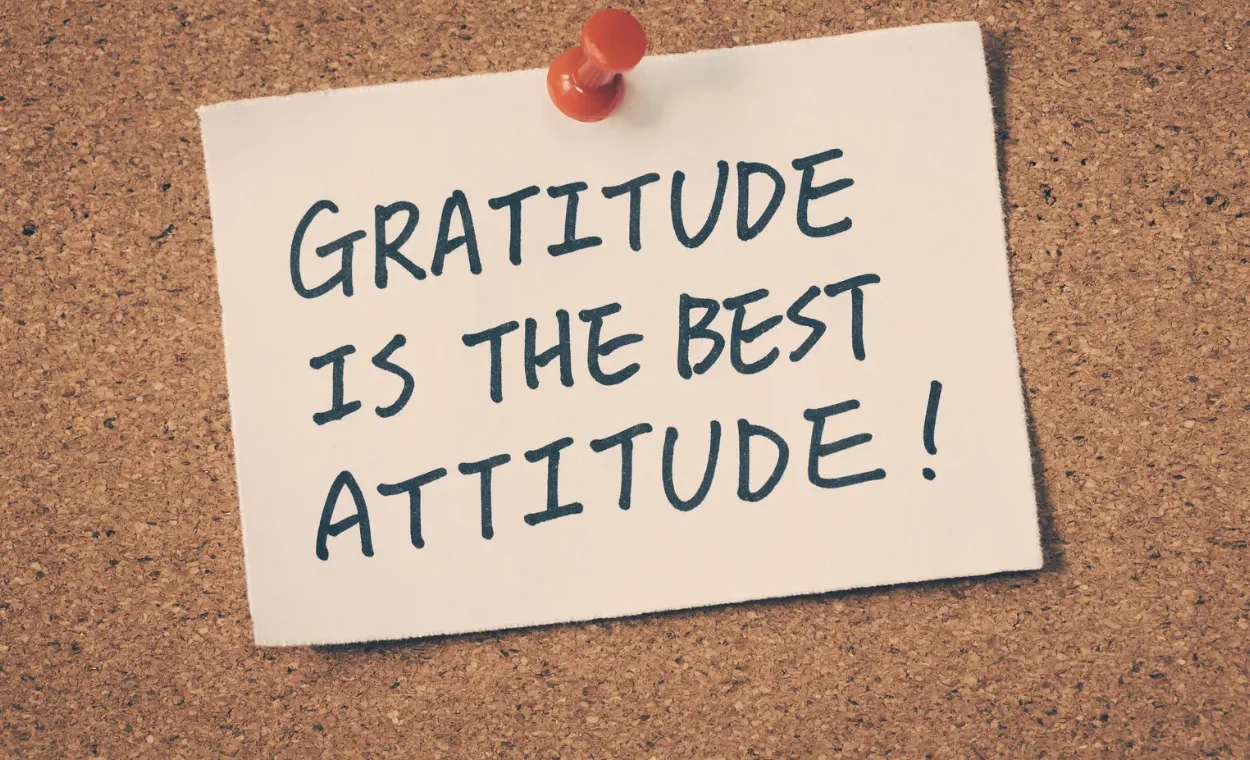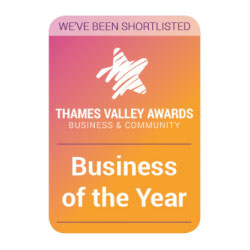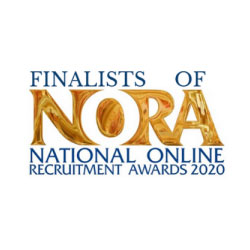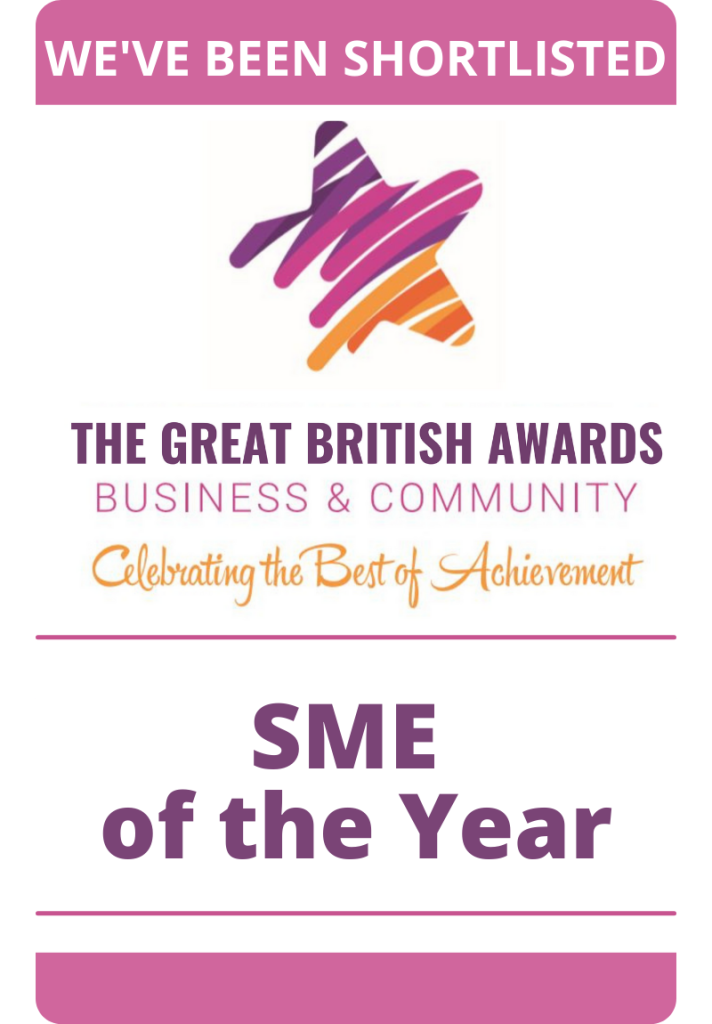Psychology experts say that expressing gratitude is key to making our colleagues feel valued, boosting their collaboration, productivity, and performance in the process. Simply put, when we know that others appreciate what we do, we’re more likely to go the extra mile to help them.
While nothing could be simpler than saying thank you, showing gratitude in all its nuances at work can be surprisingly challenging. For recommendations on how to best go about it, please read a fascinating article published by the Wall Street Journal (WSJ). Written by gratitude expert and Professor in the Department of Psychology and Neuroscience at the University of North Carolina at Chapel Hill – Dr. Sara Algoe – there’s much to learn!
What are the benefits of expressing gratitude in the workplace?
Showing thanks – even in a brief email or passing comment – changes the way you’re perceived by your colleagues. They’re likely to find you warmer, more competent, and more caring. They’ll feel more valued and, as a result, they’ll work harder for you.
This positive effect applies even when people aren’t on the receiving end of a grateful comment themselves. Seeing someone express gratitude to a third party is enough to boost the likelihood that we too will want to help the grateful person.
Gratitude also has physical benefits. For example, when one team member expresses gratitude to another before working on a pitch under time pressure, it triggers an improved cardiovascular response team-wide. This response enables team members to address tasks more effectively.
What are the best ways to best express gratitude?
When thanking someone, focus on their contribution rather than on yourself. In other words, swap out your well-meaning ‘Thank you so much for covering that meeting for me – I am so relieved I didn’t have to do it!’ for something along the lines of ‘Thank you so much for covering that meeting for me – you really went above and beyond by jumping in at the last minute!’ (Many thanks to Dr. Algoe for supplying those great examples to illustrate the point!)
Over-the-top or disingenuous expressions of thanks erode the benefits. So don’t pretend to feel more gratitude than you really do or exaggerate the value of the person’s actions. Concentrate instead on the specifics of what you thought was great about what they did.
Giving thanks publicly – e.g., in group emails or team meetings – can be even more effective. The whole group sees that the grateful person notices and recognises others’ contributions. That can be highly motivating. Interestingly, public recognition also prompts people to want to get to know (and help) both the person expressing the gratitude and the recipient.
In conclusion, there are many upsides to expressing gratitude the right way. Are there any downsides, in your view? To further explore the topic, please check out articles by Corporate Wellness Magazine and Entrepreneur.com.
The only way to end this blog article is to thank Dr. Algoe for sharing the findings of her research on WSJ! And many thanks also to you, dear reader, for reading our summary – much appreciated!
If you’d like to learn about how we can save you swathes of time in your search for your next dream job, please get in touch with our team of expert recruiters today. We have been connecting talented professionals to brilliant job opportunities for over 30 years and we would be delighted to do the same for you!
Please call us today at 020 7092 3911 or email us at info@ablrecruitment.com to brainstorm the options today!









